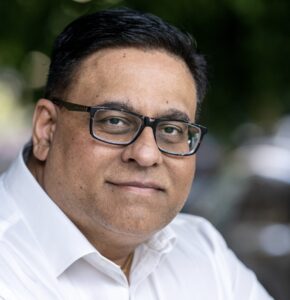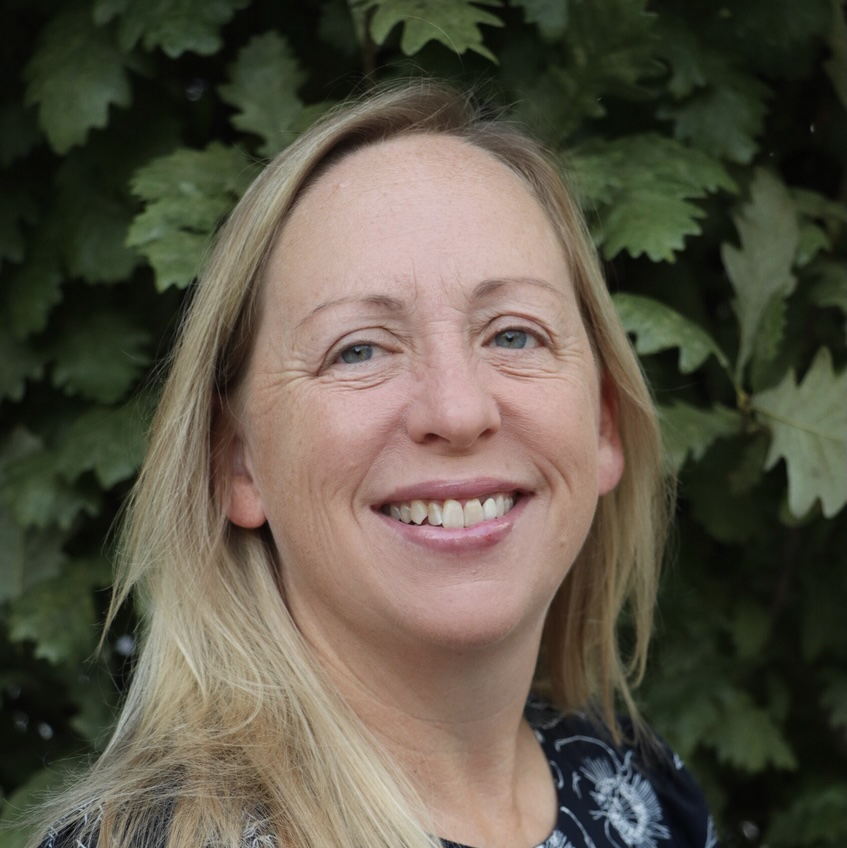In an organization like Seattle Children’s Hospital, there are no “bad days.” Not because the work isn’t challenging; it most definitely is. But when you’re in the presence of “sick children with multiple tubes in their body who can smile even if they’re in extreme pain,” there simply isn’t room for negativity, according to Zafar Chaudry, MD, SVP and Chief Digital, AI, and Information Officer.
There is, however, room for improvement, especially when it comes to caring for the most vulnerable patients.

Zafar Chaudry, MD
During a recent Keynote interview, he talked about how his team is leveraging a strategic partnership with Google to harness the power of AI to enable clinicians to access critical data at the point of care, and shared insights on the “battle” between AI and providers.
Leading questions
One thing Seattle Children’s has never lacked is data. On the contrary, the organization has amassed volumes of information on how to approach the myriad conditions faced by its pediatric population. The problem? Sifting through all of that evidence-based data and validating it.
To that end, Seattle Children’s has joined forces with Google on a Pathway Assistant that leverages its Gemini models to build a tool that “can interactively help our clinicians answer questions on how to care for a patient based on the symptoms they’re presented with,” he said. Interestingly, “it doesn’t generate anything itself. What it does is understand the data we’ve put into it, and it queries your thought mechanism to get you to a point where the treatment plan is correct for your patient.”
CSW Pathways, he added, asks “leading questions” based on symptoms and other information to help move closer to a diagnosis and treatment program. “Through that back and forth interaction between clinician and AI, it gets you to a point where you very quickly learn what treatment protocols you need to follow and how to take care of that patient.”
It’s an enormous step forward from the past, when a provider had to review the entire asthma pathway before reaching a conclusion – time that would be better spent by interacting with the patient and family.
Phone-a-friend function
What makes the tool successful, according to Chaudry, is the fact that it was developed by both clinicians and technologists. “We had about 40 clinicians work on this to build queries and test the engine, while engineers from Google ingested the data and made sure it was clean.”
And not just clean, but more than 99 percent accurate. “When we first threw the information in, it showed where we had typographical errors in data that we probably wouldn’t have found, because who trolls through thousands of pages of information?”
Not physicians, who already have enough on their plate. What CSW Pathways offers is a “phone-a-friend” function in which AI challenges them to make sure they’re reaching the proper diagnosis.
It’s a prime example of a problem that can be solved through technology, noted Chaudry, who believes it will have “huge benefits” in training the next generation of clinicians. “Hopefully, they’ll start learning the art of prompting so that not only can clinicians speak to the patient in a compassionate human way, but they can also use the tool to get answers,” he said. “There’s a lot of potential for this. It lets people see the true benefit of what you can do with technology.”
Complimentary strengths
It also lends credence to a concept that’s becoming increasingly important: the synergistic partnership between AI and humans. Contrary to popular belief, “there isn’t a battle to be won. They bring complimentary strengths to the table,” Chaudry emphasized.
While human clinicians offer empathy and critical thinking in complex situations, as well as “a nuanced understanding of the patient experience,” AI excels in “data analysis, pattern recognition, automation of repetitive tasks, and the ability to provide object insights.” When added together, the two components have enormous potential, particularly when it comes to complex cases.
“I think the future of healthcare lies in the effective collaboration between humans and AI,” he concluded. “You can augment human capability and free up clinicians to focus on the uniquely human aspects of care.” And although concerns about job displacement shouldn’t be dismissed, the focus should be on identifying proactive solutions that can help retrain and adapt roles to leverage the strength of both of these things.”


Questions about the Podcast?
Contact us with any questions, requests, or comments about the show. We love hearing your feedback.

© Copyright 2024 Health Lyrics All rights reserved